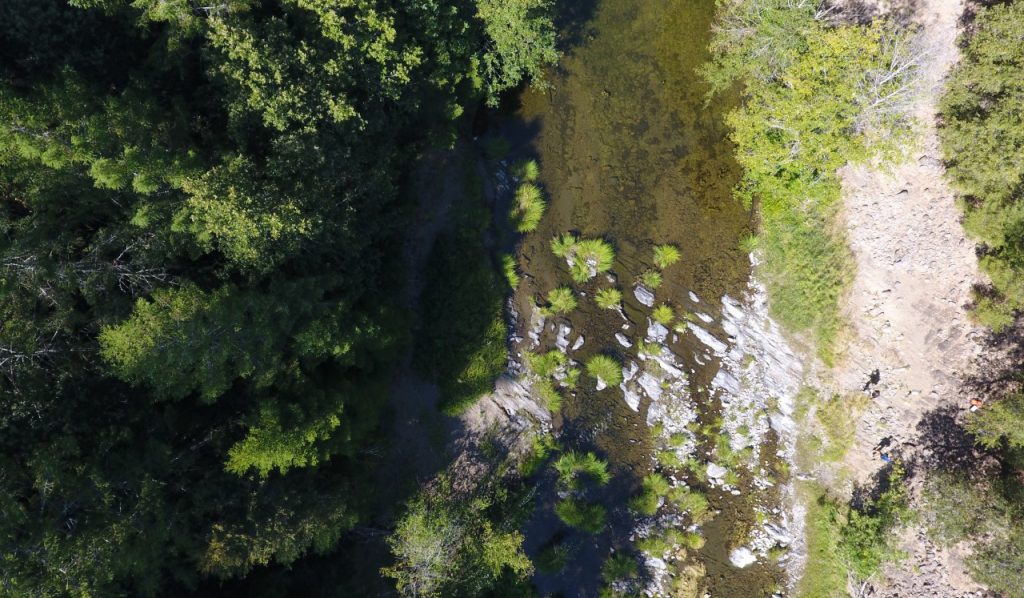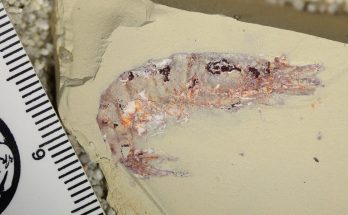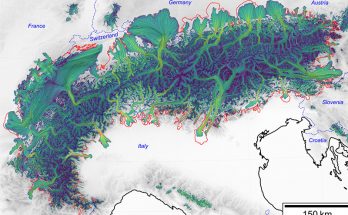Cette publication est également disponible en :
![]() Français
Français

Par leur simple présence, certaines espèces, plantes ou animales peuvent fortement modifier le paysage, créer de nouveaux habitats pour la faune et augmenter la biodiversité. A l’Université de Lausanne (UNIL), des scientifiques ont mis au point une « boîte à outil » décrivant les mécanismes et conséquences liés à l’introduction de ces « ingénieurs des écosystèmes ». Cette feuille de route est destinée aux agences environnementales et aux responsables de programme de conservation, notamment. Elle vise à permettre l’intégration de ces espèces dans les projets de conservation de la biodiversité, quel que soit l’écosystème.
De manière générale, dans les écosystèmes, toutes les espèces interagissent les unes avec les autres et avec leur environnement, participant ainsi au fonctionnement du milieu. Certaines espèces exercent cependant une influence bien plus importante que d’autres sur leurs semblables et sur l’environnement. On les appelle les ingénieurs des écosystèmes.
L’un des exemples le plus connu est celui du castor. En construisant des barrages, les castors modifient le débit des cours d’eau et transforment les écosystèmes terrestres en zone humide, entraînant toute une cascade de processus et l’arrivée de nouveaux animaux. Or si les cas particuliers sont bien documentés, les mécanismes à l’œuvre dans leur globalité ne sont pas encore bien compris.
En collaboration avec une équipe de Stanford, des scientifiques de l’UNIL ont mis au point une «boîte à outil» pour prédire et mesurer l’influence des espèces sur les écosystèmes, selon différentes conditions. Cette feuille de route pourrait être utilisée par différents acteurs tels que les gestionnaires de zones protégées, les agences environnementales ou les responsables de programme de conservation et de restauration. Le but étant d’inclure les ingénieurs des écosystèmes dans les processus de préservation de la biodiversité, et de maintien des écosystèmes. Leur «review» a été publiée dans le journal Functional Ecology.
De l’observation à l’élaboration d’une marche à suivre
Pour établir ce cadre, les scientifiques ont procédé en plusieurs étapes. D’abord, il a fallu collecter les connaissances et la littérature concernant les ingénieurs des écosystèmes. Sur cette base, les chercheuses et chercheurs ont développé un cadre permettant de modéliser les effets des espèces, puis de les quantifier. Enfin, ils ont mis au point une marche à suivre pour permettre d’inclure autant que possible ces régulateurs naturels sur le terrain.
« Ce guide vise à aider spécialistes et les collectivités à se poser les bonnes questions lors de la mise en place de programmes de conservation. Par exemple : quel est le but à atteindre ? Quelles sont les caractéristiques du terrain, ainsi que le contexte spatial ? », explique Gianalberto Losapio, chercheur à la Faculté des géosciences et de l’environnement de l’UNIL et auteur principal de l’étude. « Si vous souhaitez réintroduire une espèce spécifique de poisson dans un milieu, par exemple, vous ne pouvez pas simplement apporter les animaux dans le lieu choisi, il faut réfléchir de façon plus globale », illustre-t-il. Le « guide » fournit également des outils pour évaluer l’impact des actions menées, de sorte à adapter l’activité, si besoin. « Certains projets de restauration finissent par être abandonnées car les arbres qui ont été plantés meurent, ou les espèces introduites ne peuvent pas survivre », ajoute le chercheur. « Nous pensons qu’une approche globale aura plus de chances de réussir ».
Référence bibliographique
- G. Losapio, L. Genes, C. J. Knight, T. N. McFadden, L. Pavan, Monitoring and modelling the effects of ecosystem engineers on ecosystem functioning, Functional Ecology, 2 avril 2023
doi.org/10.1111/1365-2435.14315



